
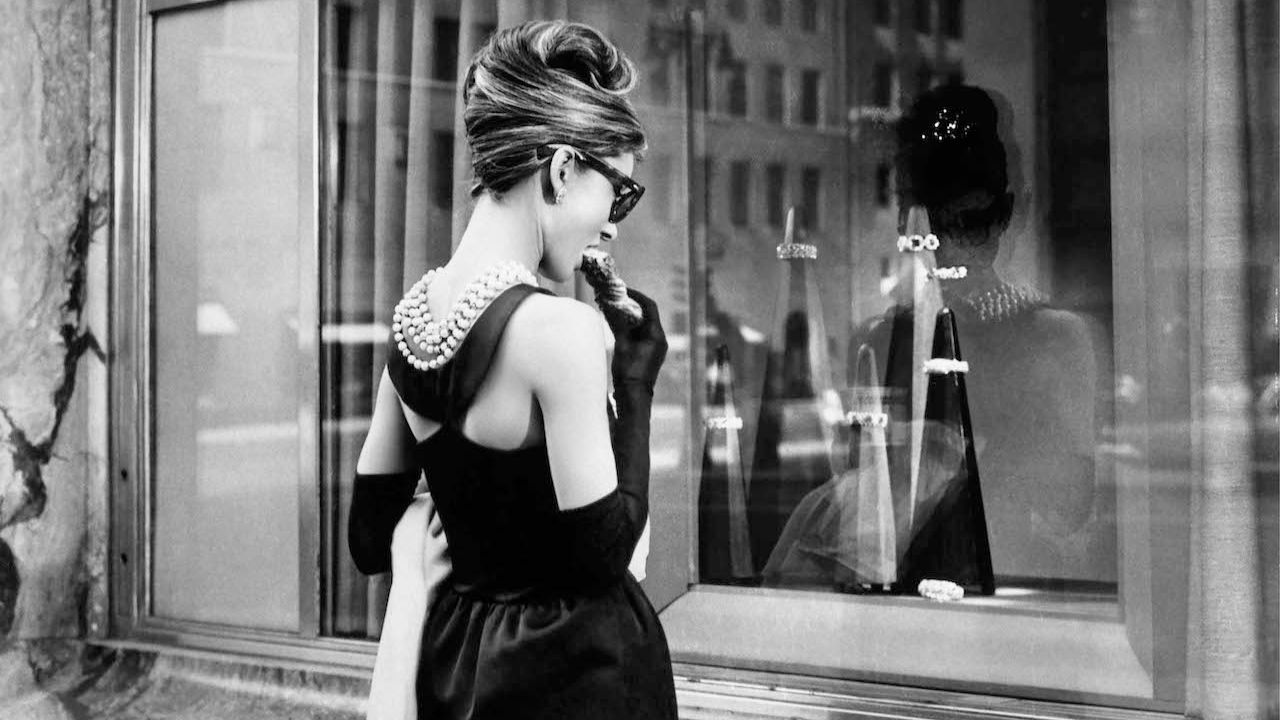
In 1801, Jane Austen’s brother, Charles (who had reached the rank of Second Lieutenant in the Royal Navy) was awarded 40£ for his role in helping to capture a French ship. Charles was not only a loving brother to Jane and their sister, Cassandra, but also a rather generous sort, as Jane’s letter to Cassandra in May of that year attests. “But of what avail is it to take prizes if he lays out the produce in presents to his Sisters,” wrote Jane regarding his loving brother’s largesse. “He has been buying Gold chains & Topaze Crosses for us;—he must be well scolded,” she continued, revealing perhaps her inspiration for a plot point in Mansfield Park:when the character Fanny Price receives a topaz cross from her own naval officer brother. “He will receive my yesterday’s letter to day, and I shall write again by this post to thank & reproach him.—We shall be unbearably fine.”
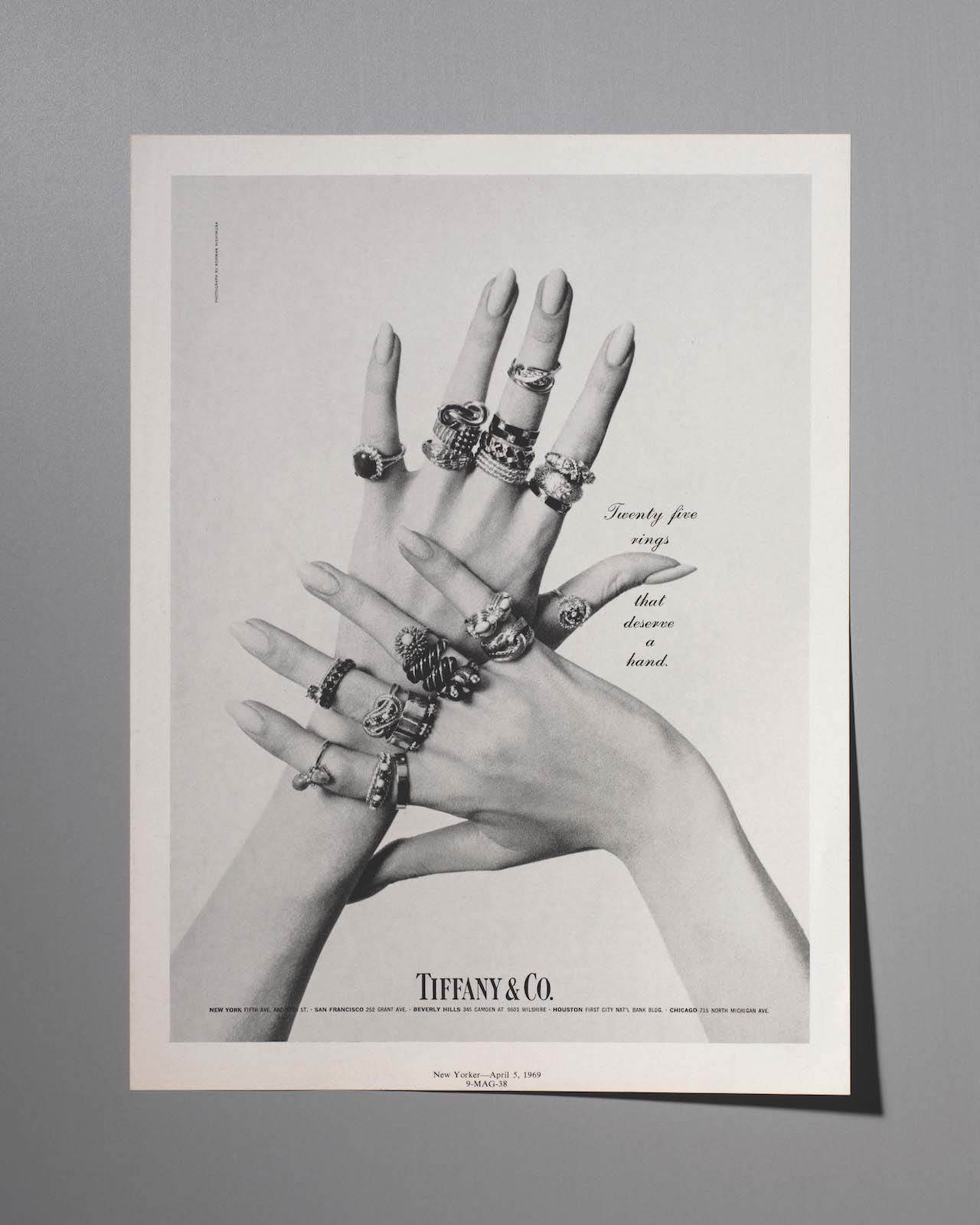
With such faux sternness and the dismissive delight that is not quite a dismissal, Austen, grateful yet reproachful, indeed sounds like one of her own characters speaking her mind by not saying what she really means but saying it in such a way that it can be better understood. She mines irony in her novels, as she does in this letter, to find the rightness in its either ore as if she were mining for jewels themselves and, finding a diamond embedded in the kimberlite, retrieves with a cautious expertise its sparkling essence. Austen has the keenness of a jeweler’s eye embedded in her novelist’s one. Kimberlite even sounds like a surname denoting a lower social rank in an Austen novel, but one elevated once a daughter dons an appropriate diamond necklace.
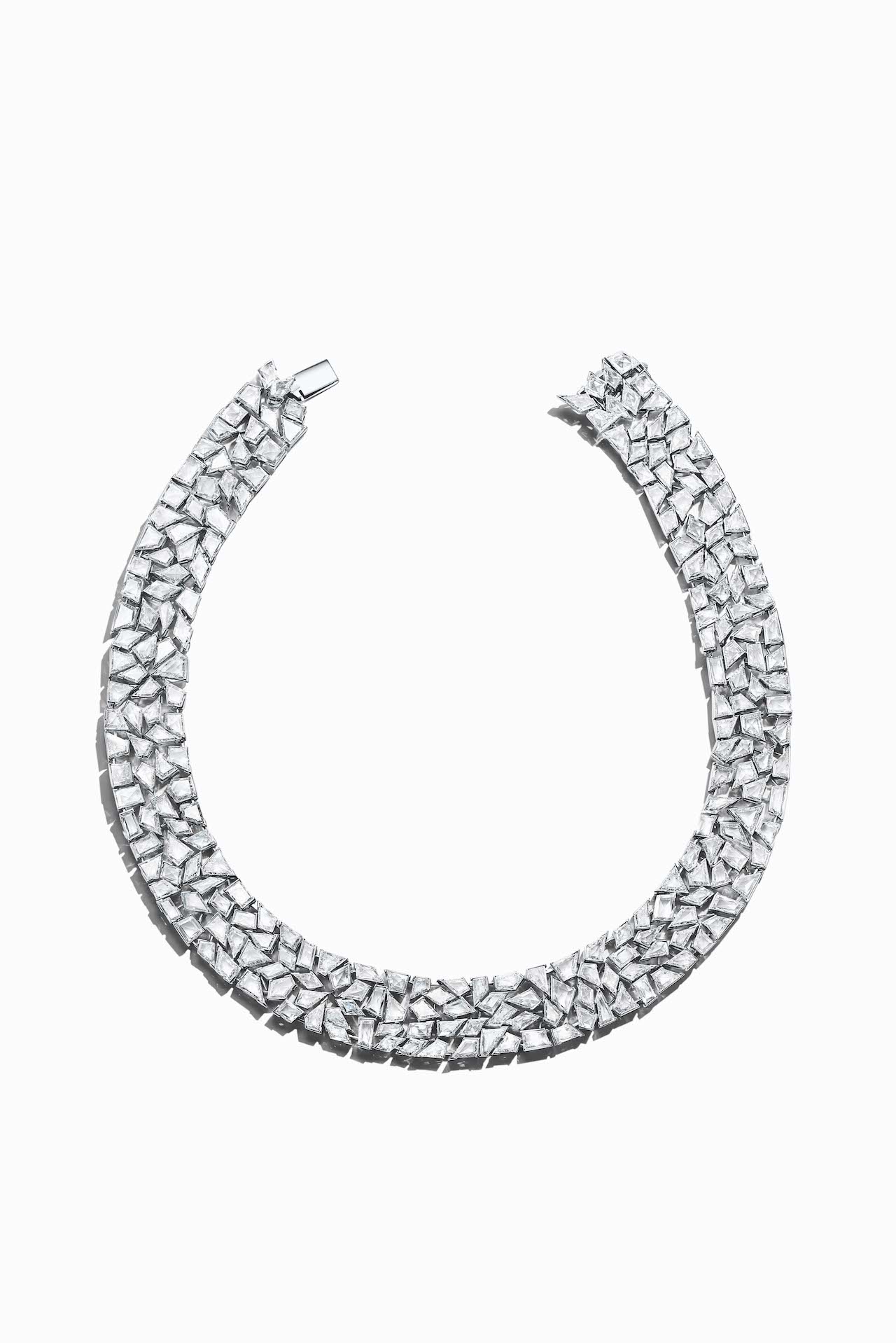

Jewelry in Georgian England could denote class on lots of levels — that reflective appropriateness as well as a parvenu vulgarity – since it was styled for the time of day each jeweled piece was to be worn. But it is the term “unbearably fine” that I recalled from my reading of Austen’s epistolatory relationship with her sister when I more recently read about the upcoming Tiffany exhibit, Visions and Virtuosity, scheduled for the Saatchi Gallery in London from June 10 to August 17. The artistry and commerce emblematic of Tiffany’s jewels and their design are, conversely, bearably fine — an even more difficult state to attain, one that retains splendor while jettisoning the bejeweled ostentation of the parvenu. It is a subtle balance, but one that has become reflective of the Tiffany touch, which is, appropriately enough, a cut above.
And yet, since its founding in 1837 in New York, the expertly-led company and its skilled artisans and artists have even further refined its finery so that it has become much more than bearable. A Tiffany ring or necklace or brooch or bracelet is wearable, and wondrously so. Victoria Wirth Reynolds, the first female Chief Gemologist of Tiffany & Co. who has been with the company for 35 years, reiterated that point when I asked her about keeping that balance between ostentation and good taste.

V&V Crossover
Ring Diagram TR2019.01.10
“Jewelry is just that: wearable art,” she told me. “It absolutely changes from person to person and amplifies each person’s style. One necklace will look completely different from one person to another, and I think there is something very special about that. Jewelry is another way for women and men to express their individuality in whichever way they desire, either with a bit of gravitas or in a more relaxed way.”This was put into practice recently on Cara Delevingne in Fendi Spring/Summer 2021 Couture.A series of sparkling brooches represents the the red carpet at the Met’s Costume Institute Gala in May when Alicia Keys wore a pair of iridium-platinum earrings with diamonds and emeralds from the Tiffany archives along with a gold bracelet that contained archival platinum, diamonds, emeralds, and sapphires. Her husband Swizz Beatz wore Tiffany’s Schlumberger Sea Star brooch and a pair of Schlumberger acorn cufflinks. Others wearing Tiffany jewels included Hailey Bieber, Gabrielle Union, Dwyane Wade, Imaan Hammam, and Camille Cottin. It was the wearability of the jeweled Tiffany art that found another way to be displayed inside a museum’s gallery that night.
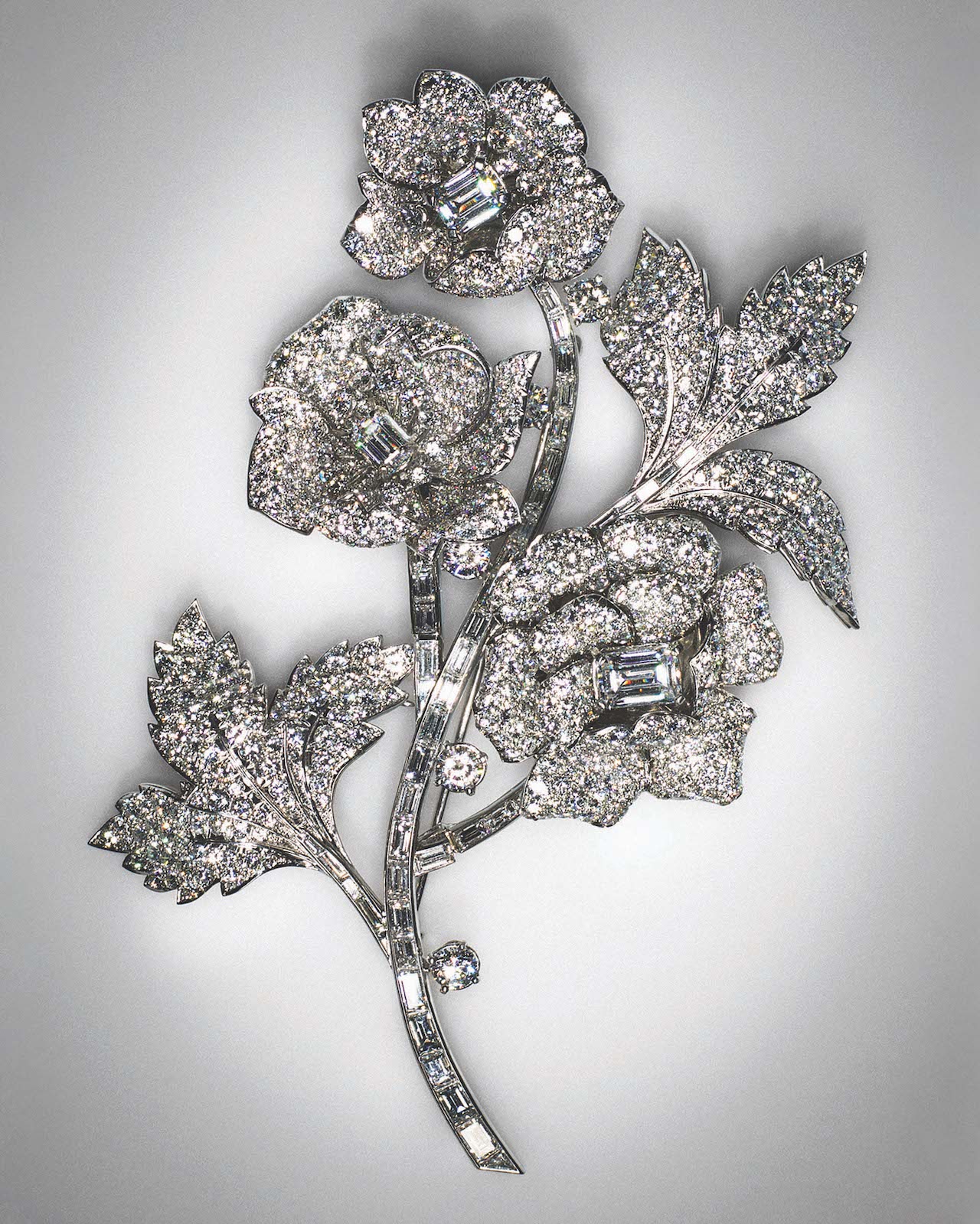
Visions and Virtuosity at the Saatchi Gallery will highlight more than 400 other treasures from the Tiffany archives – including even its famed window displays – as it divides the company’s history into a visual narrative told in seven chapters. Each will delve into design themes that are central to Tiffany’s cultural identity, its heritage, and the creative influences that have surfaced over the many decades that it has been at the forefront of an industry that limns luxury and furnishes its luster.
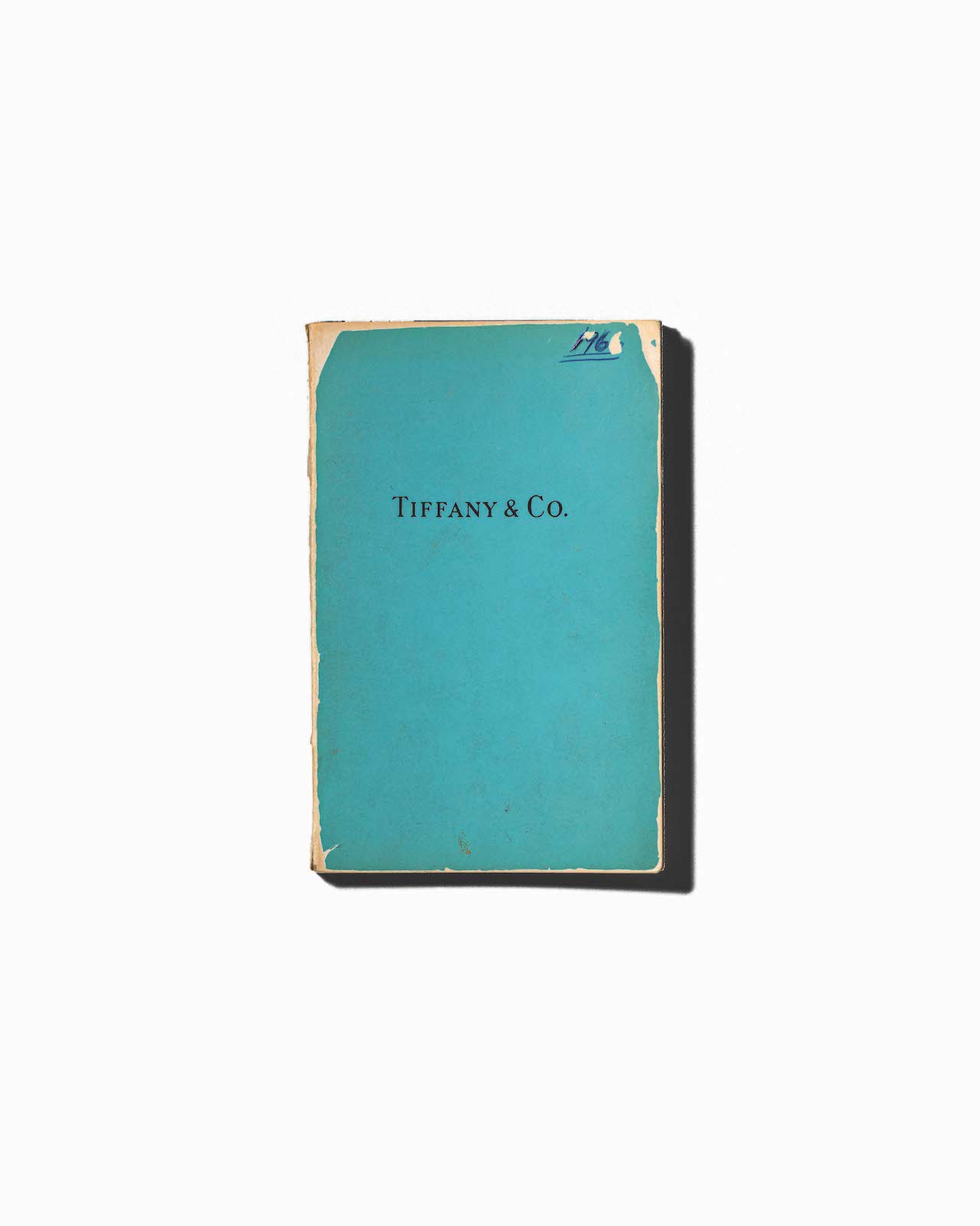
Rings; Natal Stones; The Book of The Pearl
The first chapter to explore at the Saatchi Gallery upon entering the exhibit will be about the legacy of its founder, Charles Lewis Tiffany. Subsequent chapters will highlight the work of Louis Comfort Tiffany, Gene Moore, Jean Schlumberger, Elsa Peretti, Paloma Picasso, John Loring, and the annual Blue Book high jewelry collection. One chapter will be devoted to Tiffany’s heritage in the world of devotion itself, centering on Tiffany’s creation of its engagement ring in 1886, which will then lead to another chapter devoted only to diamonds, including the company’s recently acquired Empire Diamond of more than 80 carats. The final chapter will give the lucky gallery-goers a rare chance to view the legendary 128.54 carat Tiffany Diamond. Accompanying the exhibit will be a lavish 160-page catalog published by Assouline New York, with text by Vivienne Becker and a foreword written by the late André Leon Talley. You will be able to purchase the catalog at the Saatchi Gallery as well as at the London Tiffany & Co. store on Old Bond Street.

V&V Crossover
Breakfast at Tiffany’s Script D2017.01; page 1 of script
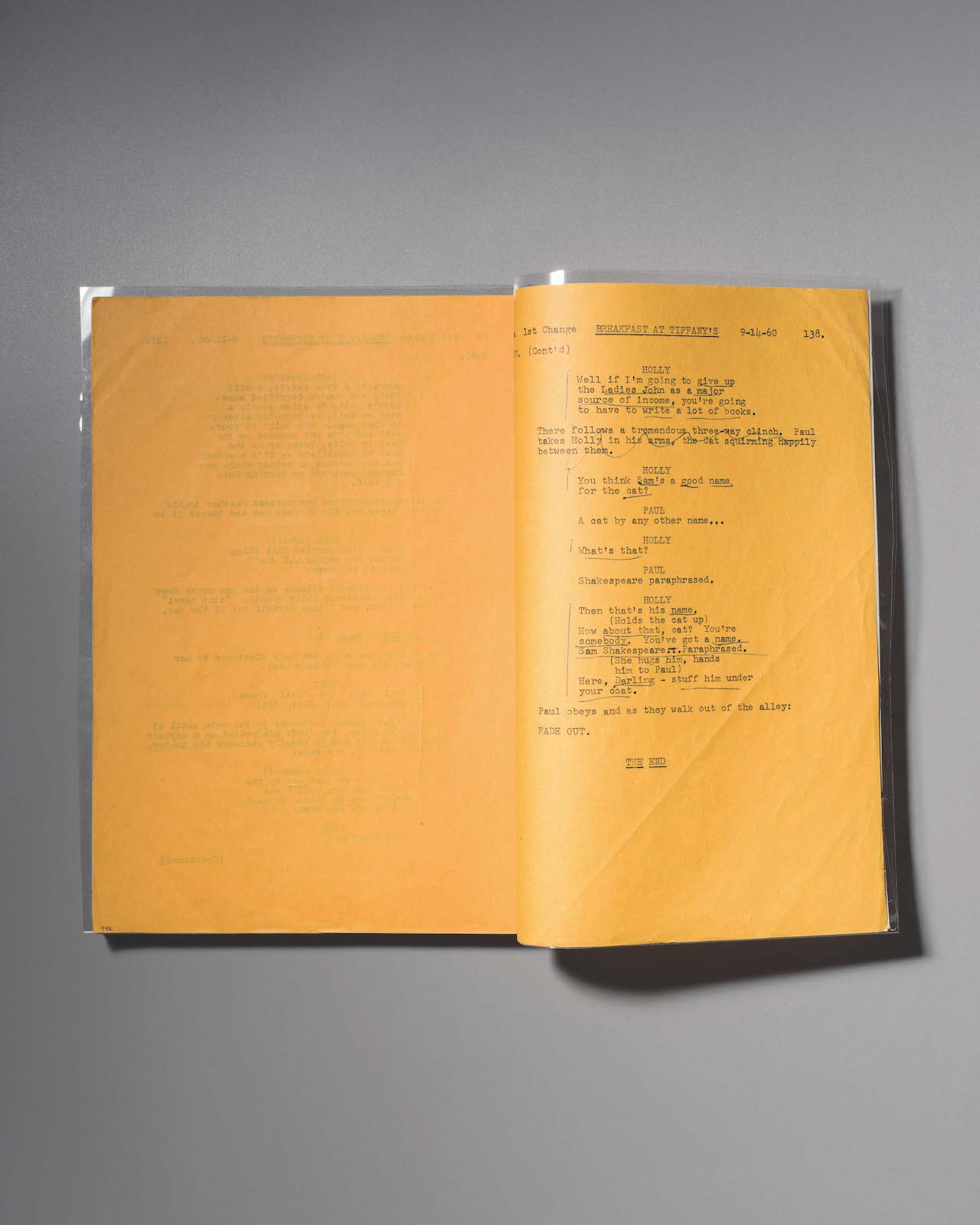
V&V Crossover
Breakfast at Tiffany’s Script D2017.01; page 1 of script
There will, of course, be a whole chapter about the importance of Truman Capote’s 1958 novella Breakfast at Tiffany’s and the subsequent 1961 film directed by Blake Edwards and starring Audrey Hepburn. Indeed, Hepburn could have been the company’s first brand ambassador; she became so identified with the character of Holly Golightly, who breakfasted there but (wrongly) thought it would be tacky of her to wear diamonds before she was forty.
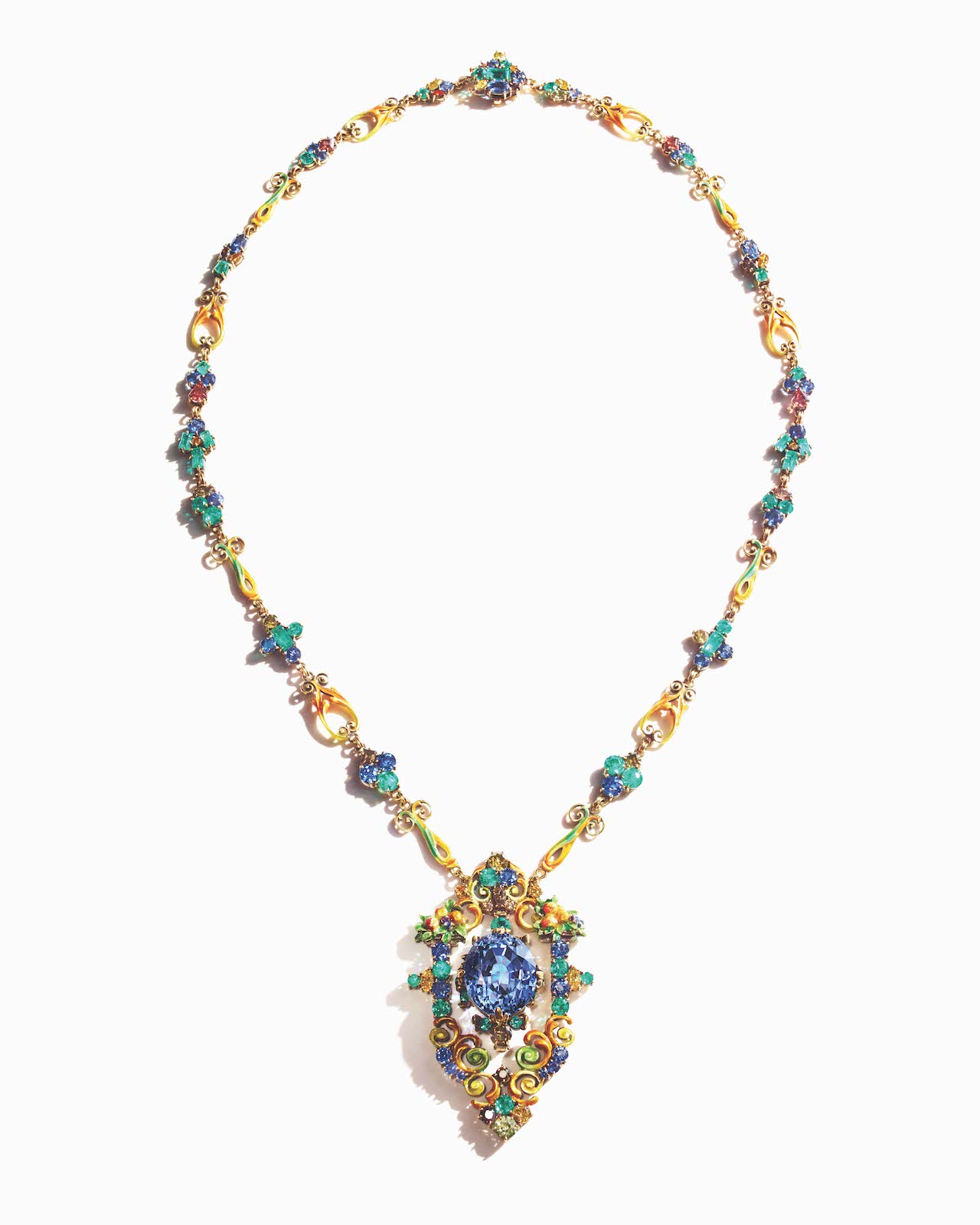
Tiffany’s Chief Gemologist Reynolds understands not only jewels but also that almost unbearably fine feeling that Golightly felt when being at Tiffany’s – a feeling that made life itself more bearable for her. It is at the heart of Reynolds’s understanding of jewels themselves. “My own love affair with Tiffany started many years ago when I was nine years old and came to Tiffany with my father to help him purchase a brooch for my mom,” Reynolds recalled when I mentioned how the store made Golightly feel. “I still remember walking in the doors and being mesmerized by the main floor, especially the array of diamonds and colored gemstones. That feeling has really stayed with me. I reflect on that moment often and am grateful to be able to spend my days working so closely with these exceptional jewelry pieces and to wear them myself with pride and appreciation for what goes into creating them.”
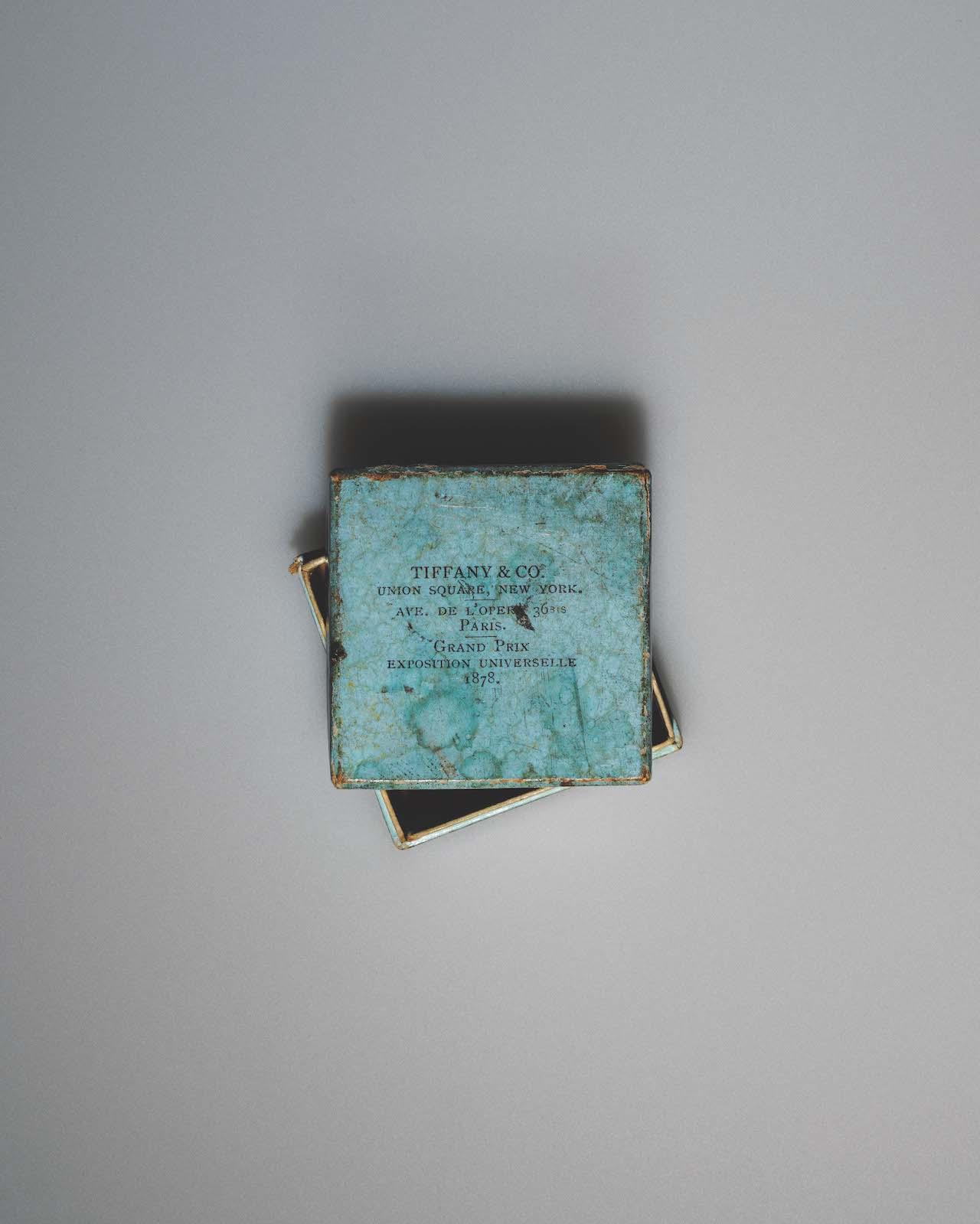
Pride and Appreciation sounds like the title of a book that Jane Austen could have written as a sequel to Pride and Prejudice. We know of three pieces of jewelry that Austen owned: a turquoise beaded bracelet, a topaz cross, and a turquoise and gold ring. They are now all housed in the Jane Austen’s House Museum in Hampshire, England, after a bit of a cultural kerfuffle caused by Austen aficionado, singer Kelly Clarkson, when she purchased the ring in 2012 and planned to ship it to America to add to her private collection of Austen artifacts. A campaign called “Bring the Ring Home” was launched to raise the funds to keep the ring in England by matching the price paid by Clarkson – around $250,000. The campaign succeeded when the singer graciously acquiesced to the museum buying it back from her once the government imposed a temporary export ban on it, categorizing it as a “national treasure.” The incident highlighted the importance that a single piece of jewelry can play in not only a person’s identity, but also a country’s.
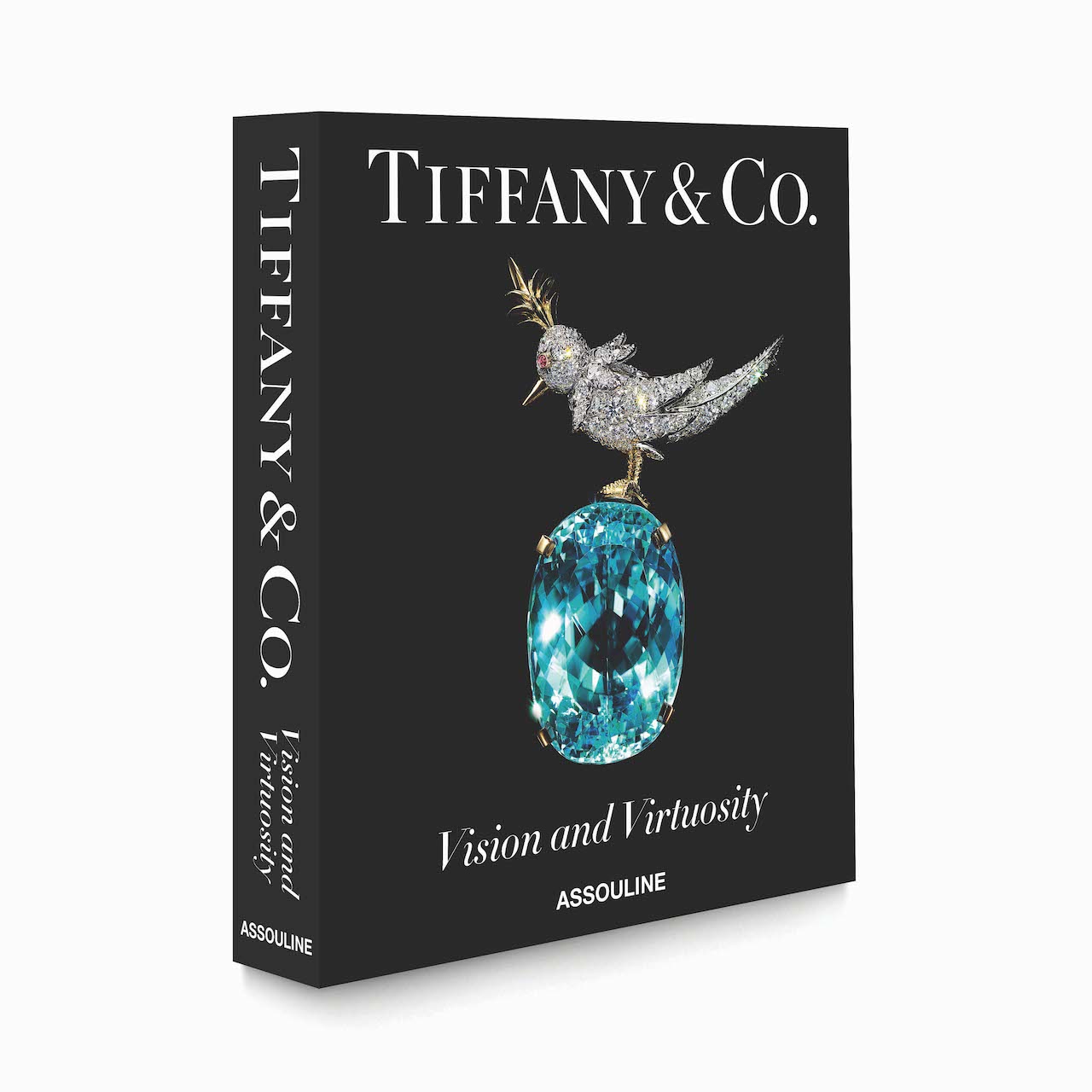
Indeed, Tiffany & Co. is treasured internationally, as the Saatchi Gallery show attests, for both its rich heritage and its continued cultural currency. It’s a narrative arc that soars from the creation of its own color (Tiffany Blue, which was selected in 1845 by founder Charles Lewis Tiffany for the cover of Blue Book), to the red carpet at the Met Gala in 2022, where the company’s archival jewels were proved to be timelessly stylish. Tiffany’s has, in fact, such a distinct identity of design and desire aligning themselves with love itself that Capote, a stylist of the highest literary order who cited Austen as one of his greatest influences, designed his own narrative around it to convey a sense of calm and beauty where a deeper sense of home proves to be the truest luxury. In a 1968 profile of him in New York magazine, Capote told writer Robert Jennings that he was “about to start The Proust Plunge, which I do about every five years. You take a big breath and you go under for about six weeks with him. I used to do that with Jane Austen, but I’ve memorized all of Jane now so I don’t go back to her anymore.” But he always went back to Tiffany’s.













